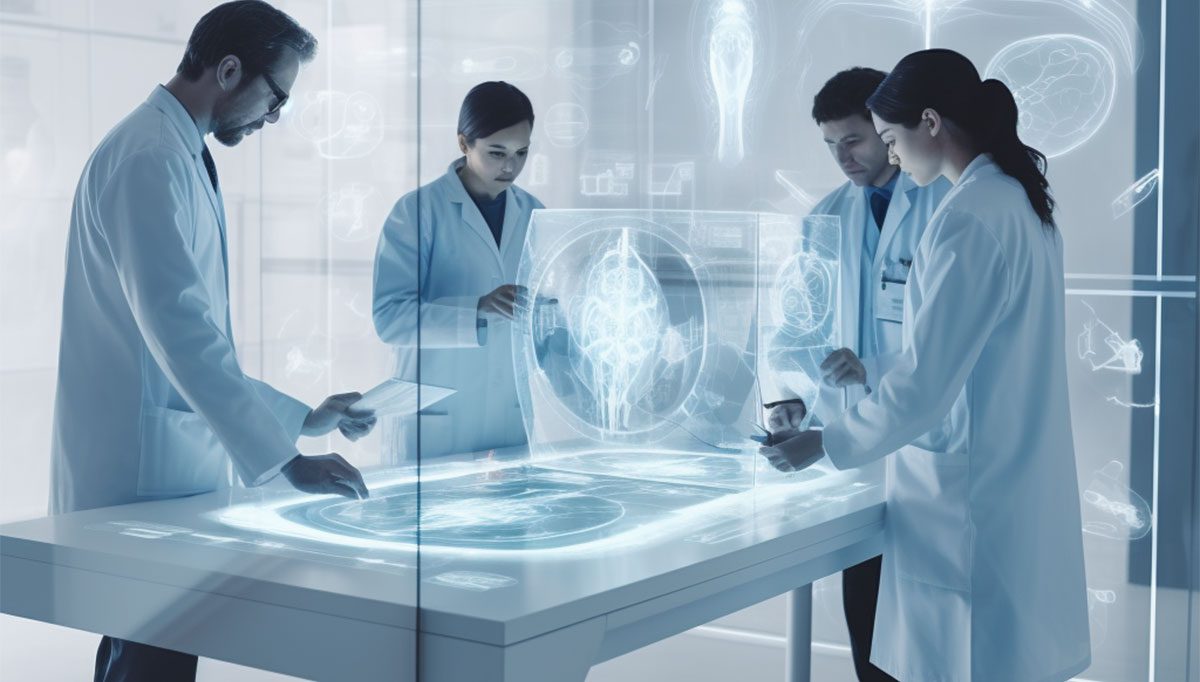Technological advances continue to change the way medicine is conducted, and one of the most exciting innovations in recent times is holograms. These fascinating three-dimensional representations have gone from being a thing of science fiction to a reality, and are proving to be a valuable tool in the medical field. In today’s article we will explore how holograms are revolutionizing the medical sector and improving the way diseases are diagnosed and treated.
Accurate diagnosis: One of the main applications of holograms in medicine is in disease diagnosis. Holograms can be used to create three-dimensional representations of organs, tissues or tumors, allowing doctors to get a more accurate and detailed view of the patient’s anatomy. This is especially useful in the planning of complicated surgeries, where holograms can help surgeons to more clearly visualize the internal structure of the body prior to surgery.
In addition, these solutions can also be used for medical education. Medical students can use holograms as interactive learning tools to better understand human anatomy and become familiar with diseases and medical conditions in a more visual and practical way.
Improved communication with patients: Holograms are also improving communication between doctors and patients. In many instances, medical jargon and technical terms can be confusing for patients, making it difficult for them to understand their diagnosis and treatment options. However, with this new tool, doctors can more clearly and understandably visualize and explain medical conditions and procedures to patients, facilitating more effective communication and helping patients make informed decisions about their health.
Applications in hologram-guided surgery: This is another exciting area where this technology is being used. They can be used to superimpose three-dimensional images of organs or anatomical structures in real time during surgery, allowing surgeons to have a more accurate and detailed view of the surgical site. This can help reduce the margin of error in complex surgeries and minimize the risks associated with invasive procedures.
In addition, holograms can also be used in surgical planning, allowing specialists to virtually practice procedures before performing them on real patients. This gives them the opportunity to familiarize themselves with the specific anatomy of each patient, identify potential complications and develop precise strategies to address them. The ability to visualize and manipulate holograms in real time during surgical planning helps improve the accuracy and safety of procedures, which in turn reduces risks and optimizes surgical outcomes.
Ultimately, holographic solutions are revolutionizing the medical field as a powerful tool for accurate diagnosis, medical education, patient communication and guided surgery. This innovative technology offers a more detailed and understandable view of the human body, helping doctors make informed decisions and improving the accuracy of medical procedures.
As a startup dedicated to developing holographic and artificial intelligence solutions, we are excited to be part of this revolution in the medical sector and continue to drive the use of holograms to improve medical care and quality of life for patients.
